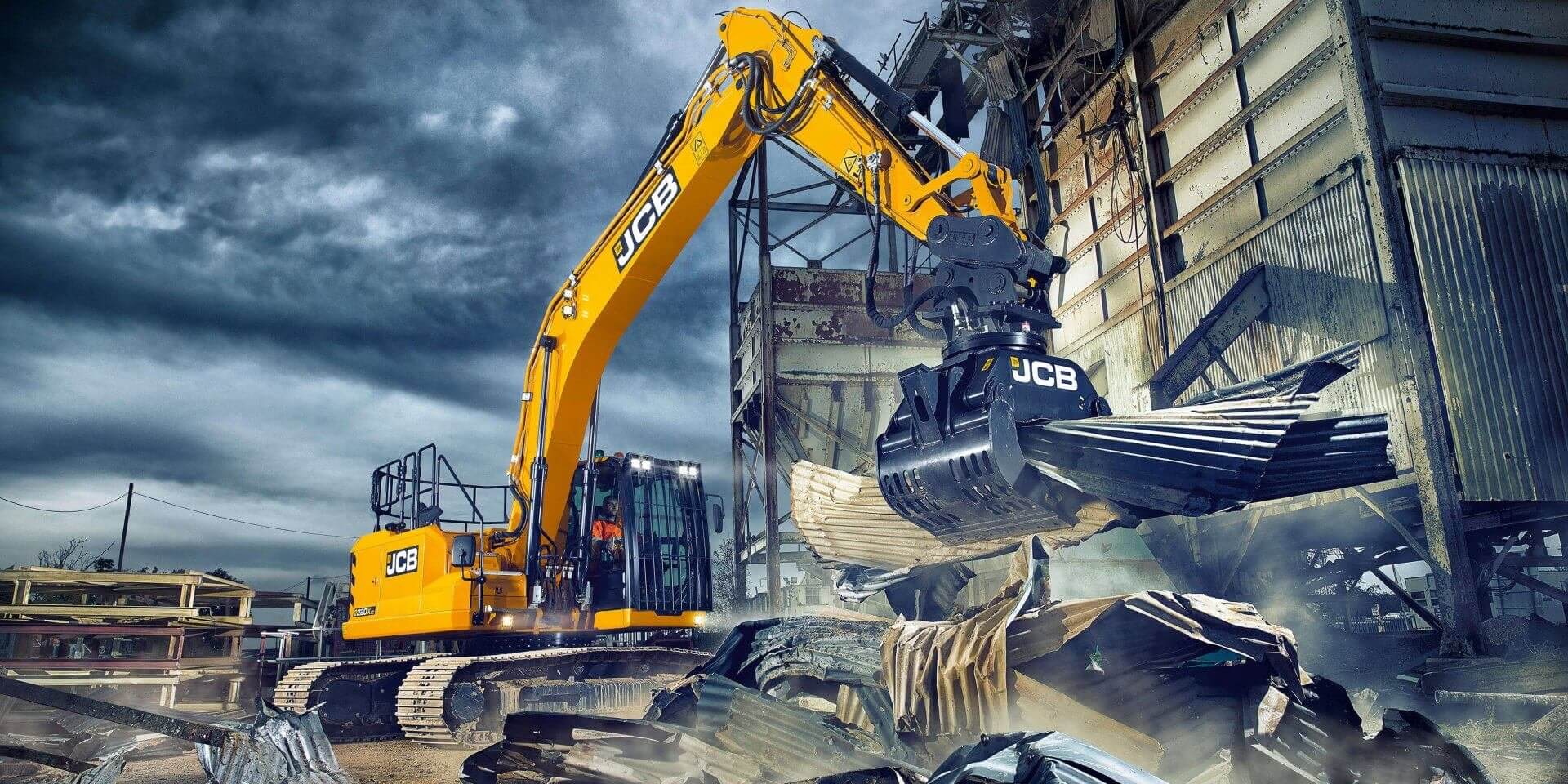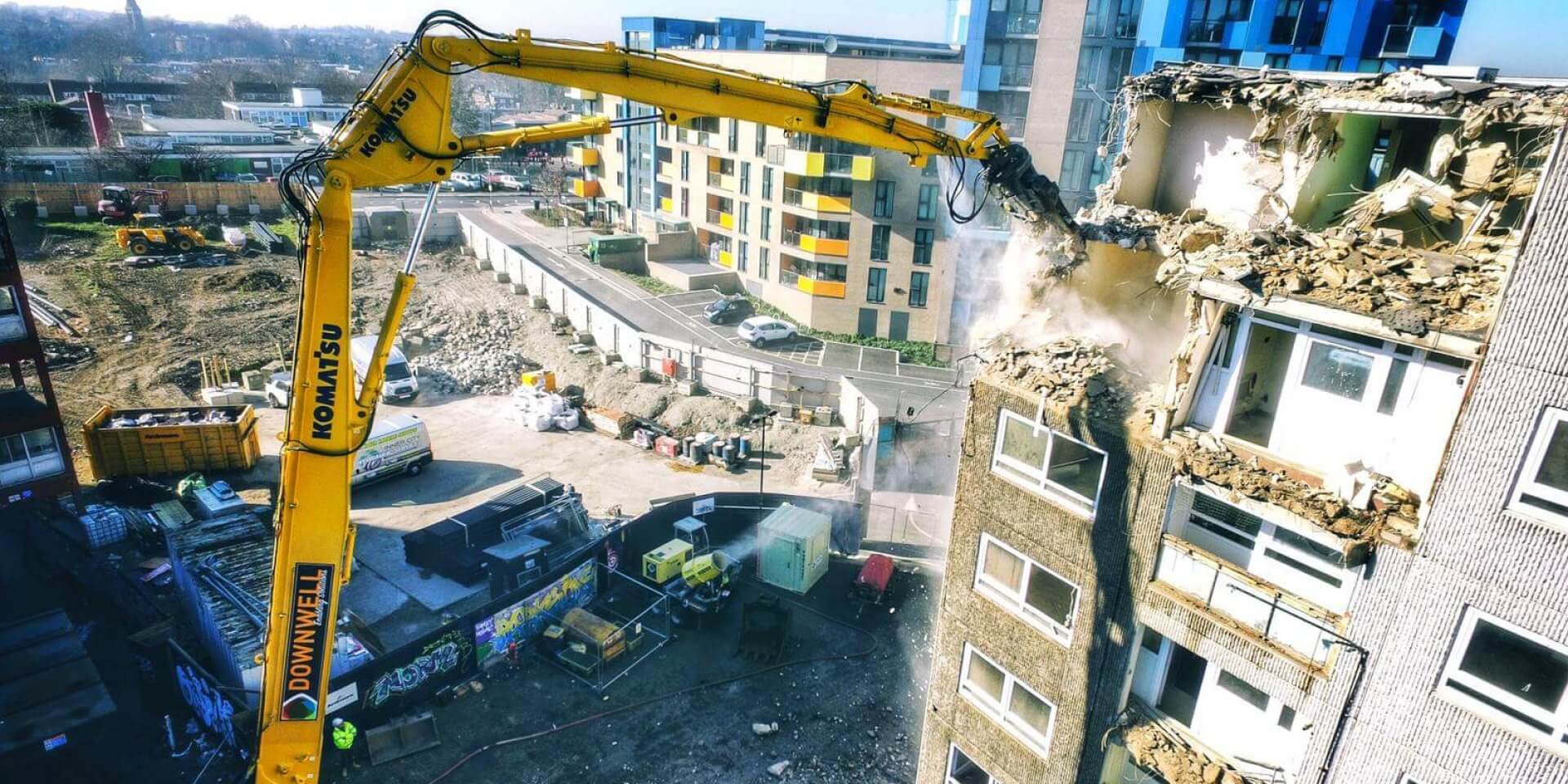A new excavator simulator game is now available for iPhone and iPad users.
There are times when I become more aware of my age: running up the stairs, listening to what passes for music today, seeing footballers that are young enough to be my son. But never am I more acutely concious of the passage of time than when someone suggests that I play a video game.
Despite the fact that this is the very field of endeavour in which I began my journalistic career, the onset of middle age means that video games are about as natural to me as computer programming would be to the average caveman.
So, when asked to review a new excavator simulator game for the iPhone and iPad, we did what any right-minded, middle-aged Luddite would do. We called Jack Westwood, game savvy teenager and long-time DemolitionNews reader with a passion for construction equipment and got him to play it. Here’s what he had to say:
 Excavator is a fantastic simulator for anybody who is interested in construction machinery.
Excavator is a fantastic simulator for anybody who is interested in construction machinery.
The game works on a point system with the fuel for the round costing around three points, but you can easily earn around 80 points per round after mastering the controls. You start off with just the excavators and you can unlock the backhoe loader and skid steer after earning 1,000 points per machine. This can take some time but there is a simple cheat to boost your score straight to 2222. There are also leader boards were you can compete with other players to see which person is the best operator!
The game includes five Caterpillar and Volvo machines including backhoe loaders, skid steers, mini excavators and 20 ton excavators. The developer Lee is currently working on a telescopic handler. You can change the control pattern of the machines from the standard CAT and Volvo pattern to the JCB and John Deere control pattern.
It is impossible to “fail” a level because you don’t have to complete a task in the time before the fuel runs out, you have to see how much points you can earn in this time. The levels vary in style with some being more challenging than others. There are levels where you have to use hydraulic hammers to break through a tunnel and also to dig a trench. There are other levels where you lift loads with the excavator using a hook and chain. There are more simple and easy levels that just involve loading earth and boulders into a truck.
The game is fantastically designed, it has great graphics and the physics are very realistic, driving a machine in the game is exactly the same to driving them in real life! Overall Excavator is well worth the money and can keep you occupied during those long train journeys. It costs around £1:00 and is well worth the small cost. There are regular updates and new machines being added every month or so. Highly recommended.
The game can be downloaded here.





 Excavator is a fantastic simulator for anybody who is interested in construction machinery.
Excavator is a fantastic simulator for anybody who is interested in construction machinery. 